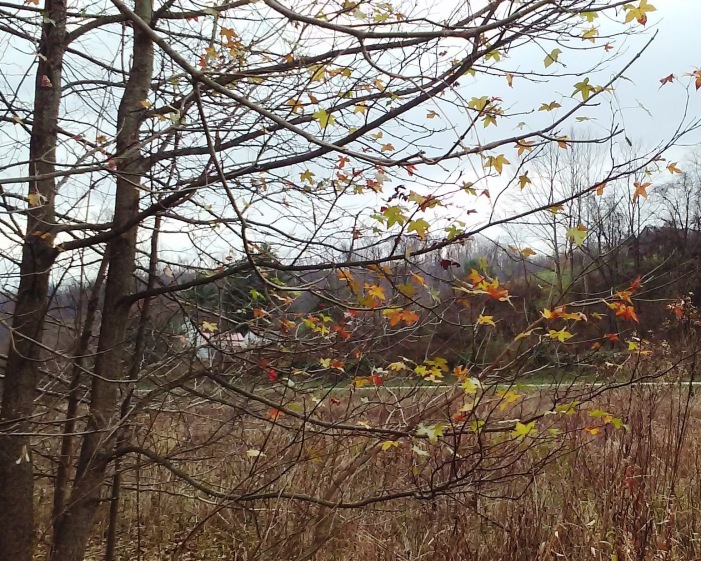
A quiet rain is falling on the 150ish-year-old farmhouse I now call home. The house sits on a hill overlooking the Hocking River, in the midst of 40 acres of meadow, pasture, and woodlands. The ceilings are high, there’s almost no insulation in this part of the house, and some idiot blocked up the fireplaces years ago, but it’s been a mild autumn, I’ve got a dog curled up on the couch with me, and it’s warm and cozy here. It could change any minute though; the weather here is moody to say the least. And outside it is dark as pitch and the coyotes are calling.
My new/old home is in rural southeast (Appalachian) Ohio, a place that, until a week ago, I had never been before. Yet it has always felt like home to me, and I always knew I’d come back here someday. My mother was born in Athens, and my maternal ancestors have been settled in the region for about 200 years. When my best friend got a great job here and almost immediately announced that she’d fallen in love with the area, despite not having any roots here herself, I knew it was more than coincidence. One by one obstacles cleared and pennies dropped and it became clear that I was supposed to make this my home once my mom had died and finally hang out my shingle as an herbologist (which hasn’t happened yet but is in the works; more in a later post).
I arrived two weeks ago Saturday. I’ve wanted to post something every day since then but the information and sensory overload has me tongue-tied (keyboard-tied?). Plus a lot of it is…weird…although my landing here has been soft, the welcome warm, and the orientation process pretty gentle. I just haven’t been able to find the words until now, and the ones I’ve cobbled together are entirely inadequate. My cousin visited this area once many years ago and before I moved, she told me that the whole landscape had a haunted feeling. It’s lousy with old cemeteries, decaying barns and farmhouses, historical mine disasters, a huge Victorian insane asylum, and Native American burial mounds, so haunting would seem likely (and I’m not ruling it out), but the word I would use is inspirited. One of the first things I noticed was how alive the landscape seems. “Well, of course it’s alive, dummy,” I said to myself, “you’re looking at trees.” But I mean that out of the corner of your eye the trees seem to have mischievous faces like Brian Froud creatures, that then disappear when you look directly at them. I constantly feel like I’m being watched, warily. I already love this land but it hasn’t made up its mind about me.
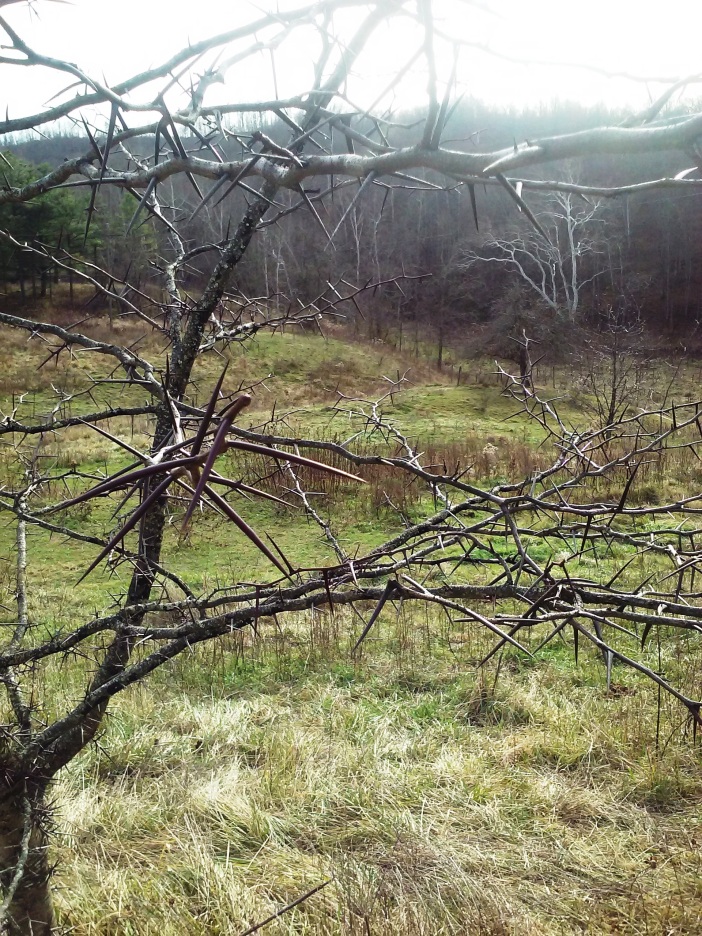
During the day it’s peaceful and calm here. In a word, bucolic. Nighttime is a different story. To some extent this is just the nature of rural places: there are a lot of critters and they come out to eat when it gets dark. My housemate and I have seen rabbits, foxes, raccoons, and more deer than we can count, hear coyotes not infrequently, and a couple days ago the newspaper reported a mountain lion in the general vicinity. (That’s just the wildlife that comes out by night, of course; there are lots of other beasties during the daytime.) When it gets dark, it gets very dark–no city light pollution here. On clear nights you can see the Milky Way. I grew up in the country until I was 7 or so and I’ve always considered myself a country mouse at heart, but after so many years in cities, the totality of nocturnal darkness here has taken some getting used to. But at the risk of sounding overdramatic, I think there are other things–eerie, uncanny things–that come out at night.
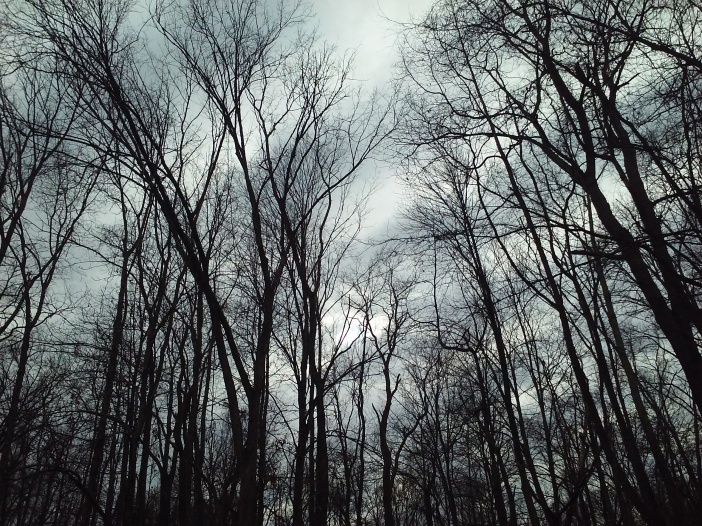
I know it’s not just my imagination because this place is absolutely crawling with pagans, a fact which I put down to the fact that everybody senses, on some level, the presence and primacy of old powers here. The (all too brief) influence of some wormwood and anise extract one night brought intensely clear perception–my breath was taken away by the beauty of the night here; everything seemed to be reaching out to communicate with me and all other beings. I felt enmeshed in a web of sentience and radiance.
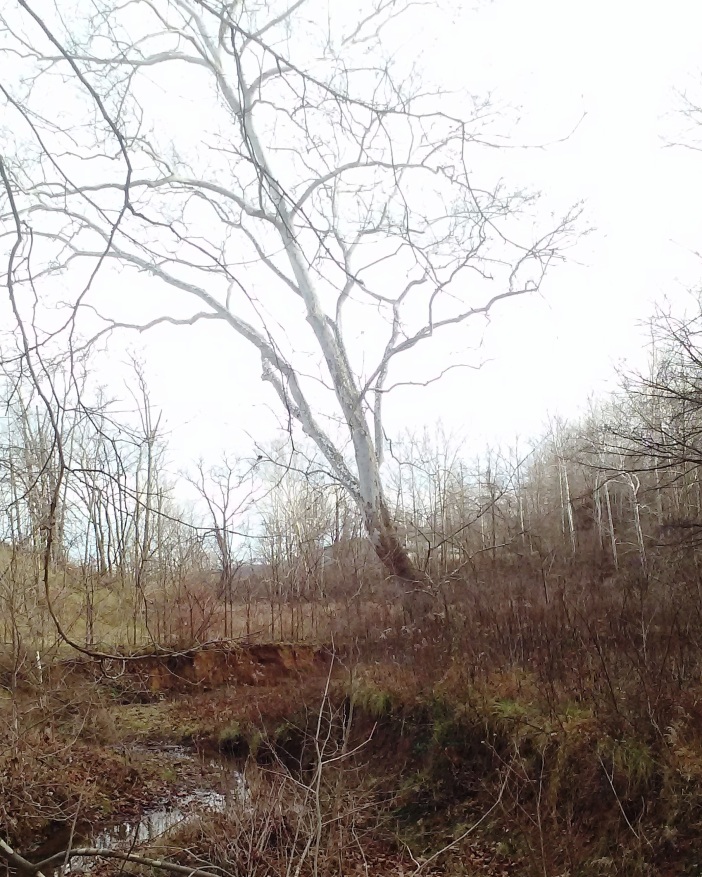
In addition to its spooky qualities, this also feels like a wild landscape, though it’s really not. It’s been farmed and mined and deforested and pumped and excavated. It hasn’t been a frontier for a couple hundred years now. Humans have altered the ecology in many ways and there are probably as many domestic species as wild ones. I feel like I have to reiterate here that while I’m no farmer, I’m no stranger to the country and to agriculture. So this isn’t just some romantic pastoral ideal on my part when I say that this place is not tame.
On that note, I had a funny experience a couple days ago. All day I had been thinking about just this thing, the wild, magical, uncanny vibe of this place. That evening I sat down to check my email where I saw this subject line:

Subsequent research uncovered that That’s My Pan!™ is a line of personalized cookware of the sort you might like if you frequent potlucks and have a really bad memory. But at the time, given my earlier line of thought, this is more what came to mind:
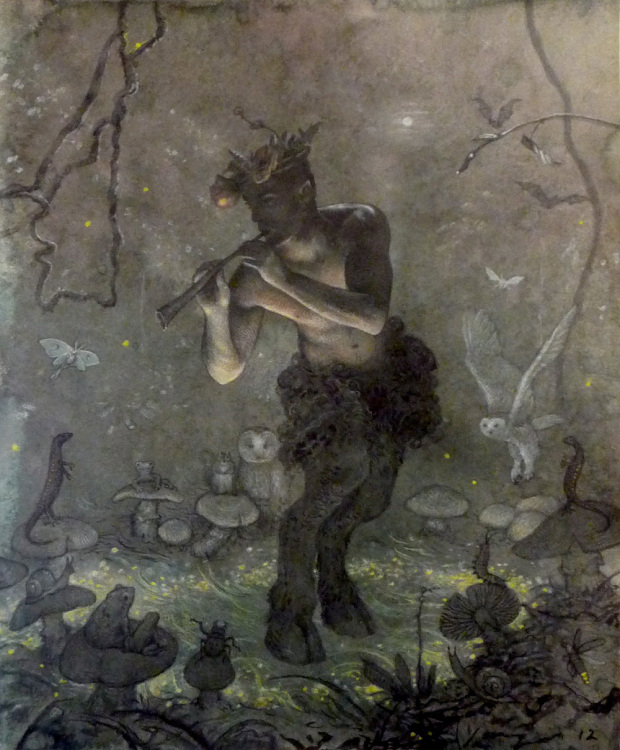
…which you have to admit was a lot more a propos than spam aimed at church ladies. I recalled that some new local friends of mine have an image of Pan on their mantel, which at first I took as reflective of who my friends are, but I now realize is more a reflection of where we all live. It may not be this particular foreign Hellenic deity that we sense here (in fact, that may just be shorthand used by some less-verbal part of my mind to communicate to my more-verbal, abstracting consciousness), but there is no question that Pan’s characteristics–wildness, abandon, altered consciousness, disorientation, discomfiture, fear, ecstasy, vitality–are abundantly present. I cannot wait to get to work here.
It sounds very lovely there! (Well, spooky too; but lovely nevertheless!)
LikeLiked by 1 person
Ah, now this is familiar. There are parts of the KY/TN that feel very much like what you describe here (that sense has been recently refreshed from the recent trip up to see family for Thanksgiving).
LikeLiked by 1 person
Welcome home!
And I must second what Ian said about parts of KY and TN. After our trip and your post coming so quickly together, I think I need to play with some maps.
LikeLiked by 1 person
I’m glad to hear I’m not the only one sensing this kind of thing! Very interesting–sounds like maybe this is common to more of Appalachia?
LikeLike
Maybe so; I’ve bumped into a similar feeling (to the Kentucky one) in the NC Appalachians. I actually haven’t checked the maps yet, don’t know how close the Natcher pkwy in Kentucky runs to the mountains. (It’s definitely in hilly/stony land, though.) I’ll try to have a look tomorrow.
I have a very vague recollection that the Shawnee and other Indians used what we call KY as a hunting ground but didn’t live there because it was too haunted. But I regret to say I have no idea where I picked that up.
LikeLike
Oh that is VERY intriguing. The Shawnee were around this area (that is SE Ohio generally) too, and the Iroquois would come down to raid periodically–I think there were Delaware-speakers here too–but apparently there was no permanent Native settlement in this immediate vicinity when the whites arrived, which struck me as odd when I first heard it. Maybe they were avoiding the place. Prior to the arrival of Europeans, there would have been many more ancient burial mounds visible here; and I’ve talked to an archaeologist who is always pointing and saying, “I’m sure there’s a mound up there,” so it sounds like there are many that are still undiscovered (by whites). I wonder if it was similar to what happened with Stonehenge in Britain, which seems to have been given a wide berth through the Iron Age, Roman, and medieval times–really, as I understand it, pretty much up until 17th-18th century antiquarians and Druid revivalists started taking an interest.
LikeLike